Interesting to note that President Xi of China is the first important political figure to have made an official visit to Tehran after the lifting of sanctions. Almost immediately, as huge deals are signed and oil and gas begin to flow again. When I published the book China and Iran: Parallel History, Future Threat? in 2009 several Chinese friends derided it. Yet the two countries have much in common, and would make powerful allies.
Only seven hundred miles separate them, and they are in fact profoundly similar, each with a long and fascinating imperial past (in the case of Iran, often overlooked nowadays), and in the way in which the forces that shaped their present forms were driven by a potent blend of admiration for and resentment against Western imperialism. For each has been conditioned over the past 150 years by an on-off love-hate relationship with Western political ideologies, and in each case development and modernisation have been characterised by spurts of economic and political reform based on European and American ideas alternating with outbursts of anti-colonial and, later, anti-American sentiment.
In fact two questions recur frequently in strategic thinking about the world in the twenty-first century: first, what will be China’s role as it reassumes its traditional importance in world affairs; and, second, what will be the role of Iran? Yet these questions are rarely considered in tandem.

